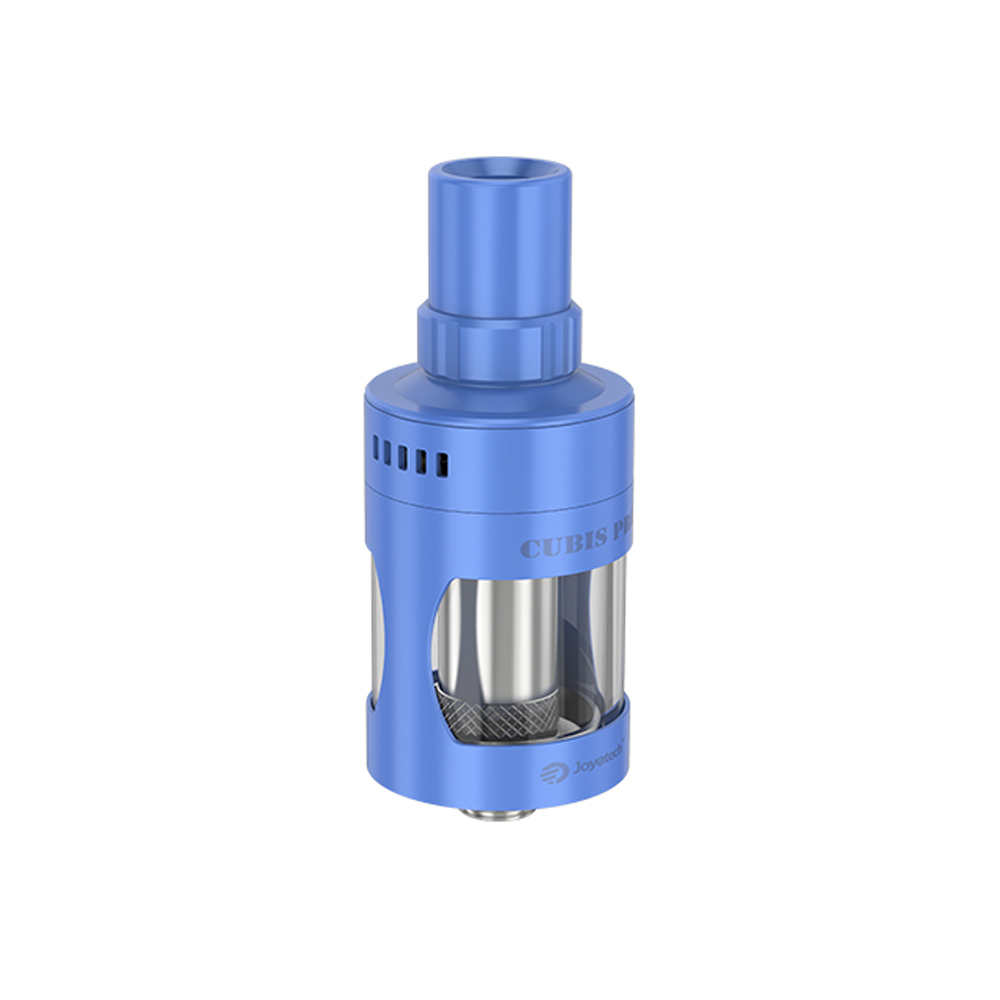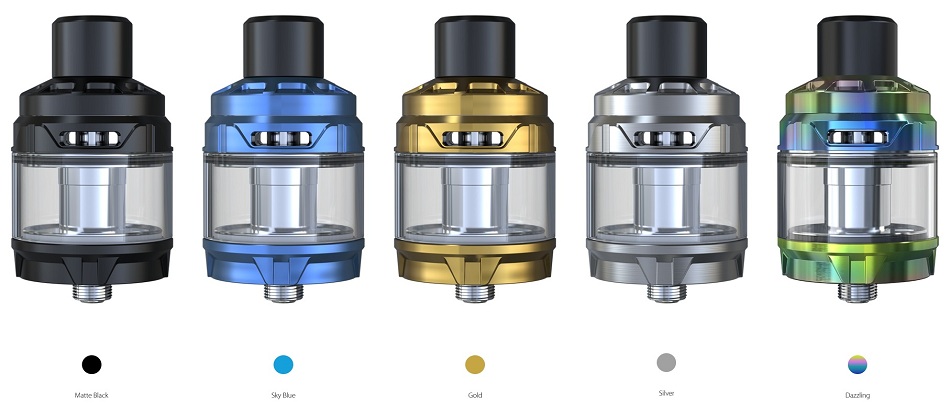Cubis is more than just a name; it represents a fascinating concept that has captured the attention of various industries, from art to gaming and technology. This multifaceted term embodies creativity, innovation, and the beauty of geometric design. In this exploration, we will dive into the different aspects of Cubis, uncovering its significance, applications, and the inspiration it offers.
What is Cubis?

The Essence of Cubis
At its core, Cubis refers to a structure or design that is cubic in nature. The cube, as a three-dimensional shape, has long been celebrated for its symmetry and stability. In various contexts, Cubis signifies a playful exploration of geometric forms, often serving as a source of inspiration for artists, designers, and architects.
Cubis in Art and Design
The application of Cubis in art and design is particularly intriguing. Artists have long utilized geometric shapes to convey emotions, create patterns, and challenge perceptions. Cubis allows artists to experiment with light, shadow, and perspective, leading to stunning visual effects. This style can be seen in various art movements, including Cubism, which emphasizes the fragmentation of objects into geometric forms.
The Role of Cubis in Gaming
A New Dimension of Gameplay
In the realm of gaming, Cubis has emerged as a popular genre that combines elements of puzzle-solving and strategy. Games that feature cubic designs often challenge players to think critically and creatively, navigating three-dimensional spaces and solving intricate problems.
Notable Cubis Games
One of the standout titles in the Cubis gaming genre is “Cubis 2,” a match-three puzzle game that has garnered a dedicated following. Players manipulate colorful cubes to create matches and clear levels, all while enjoying vibrant graphics and engaging gameplay. This game exemplifies how Cubis can transform simple concepts into captivating experiences.
Cubis in Architecture

Geometric Innovation
Cubis has also made its mark in the field of architecture, where geometric design principles are utilized to create visually striking buildings. Architects have embraced cubic shapes to explore new design possibilities and push the boundaries of traditional structures.
Iconic Cubic Structures
Many modern architectural marvels showcase the Cubis aesthetic. The CaixaForum in Madrid, designed by Herzog & de Meuron, features a unique cubic structure that harmonizes with its urban environment. The design not only emphasizes geometric beauty but also incorporates sustainable practices, highlighting the versatility of Cubis in contemporary architecture.
The Scientific Perspective of Cubis
Understanding Geometry
From a scientific standpoint, Cubis can be analyzed through the lens of geometry, which is the study of shapes and their properties. The cube, being one of the simplest forms, serves as a foundational concept in various fields, including mathematics, physics, and engineering.
Applications in Technology
Cubis principles have practical applications in technology as well. For instance, in computer graphics, cubes are often used in 3D modeling to create complex visual representations. The use of cubic forms in technology enhances spatial understanding and aids in the development of innovative products.
The Cultural Impact of Cubis

Cubis in Popular Culture
Cubis has found its way into popular culture, influencing various forms of media, including films, music, and fashion. The geometric patterns associated with Cubis can be seen in graphic design, album covers, and clothing lines, reflecting a broader trend towards embracing simplicity and structure in creative expression.
Community and Collaboration
The concept of Cubis also fosters community and collaboration. Various art and design collectives focus on geometric themes, bringing together artists and designers who share a passion for this aesthetic. Workshops, exhibitions, and collaborative projects centered around Cubis encourage creativity and innovation, allowing participants to explore new ideas and techniques.
The Future of Cubis
Evolving Trends
As society continues to evolve, so too does the interpretation of Cubis. Emerging trends in design and technology indicate that the influence of Cubis will only grow stronger. With advancements in 3D printing, virtual reality, and augmented reality, the possibilities for Cubic designs are virtually limitless.
Sustainability and Cubis
In an age where sustainability is a priority, the Cubis aesthetic can contribute to eco-friendly design practices. Geometric structures often use materials more efficiently, minimizing waste and energy consumption. As designers and architects increasingly prioritize sustainability, the principles of Cubis can play a vital role in shaping the future of our built environment.
Engaging with Cubis

How to Explore Cubis in Your Life
For those inspired by the concept of Cubis, there are many ways to engage with it in daily life. Consider exploring local art galleries or exhibitions that showcase geometric art. Engage with online communities that focus on Cubis-related projects, whether in gaming, design, or architecture.
Create Your Own Cubic Art
If you’re artistically inclined, why not try your hand at creating your own Cubis-inspired artwork? Gather materials like paper, wood, or digital tools and start experimenting with geometric shapes. This hands-on approach not only nurtures creativity but also provides a deeper understanding of the principles behind Cubis.
Conclusion
Cubis is a captivating concept that transcends boundaries, inspiring creativity and innovation across multiple domains. From art and gaming to architecture and technology, the influence of Cubis is evident in various facets of our lives. As we continue to explore and embrace this geometric form, we unlock new possibilities for expression, design, and sustainable practices.
In a world where simplicity and structure are increasingly valued, Cubis stands out as a beacon of creativity. Whether through engaging with Cubis in art, playing a puzzle game, or appreciating architectural marvels, there’s no shortage of ways to experience and celebrate this fascinating concept. So, take a moment to look around and appreciate the beauty of Cubis in your everyday life!



